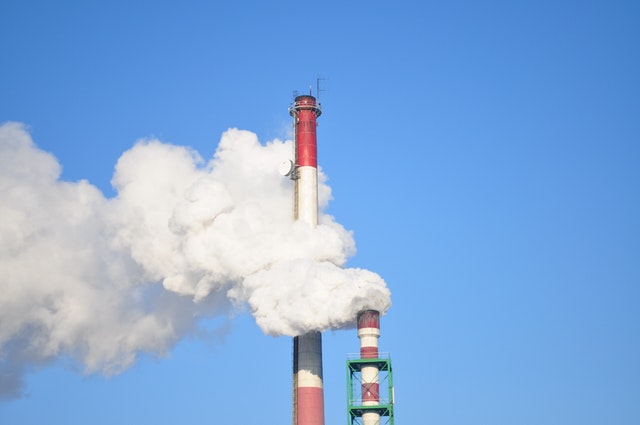London is considered one of the most influential cities in the world, so it would be a major concern when a recent study suggested that air pollutant levels in the city are becoming extremely dangerous. It was reported that the air pollution levels of the city have surpassed the likes of Beijing, which has a much larger population compared to London.
Because of this, there is an urgent cry to reduce the air pollution levels around the world as there seems to be levels increasing each year. There are methods that are currently being introduced to help pollution levels as much as possible.
Are face-masks the solution to protect us from air pollution?
It’s common to see the majority of residence living in Beijing to be wearing air pollution masks whilst travelling through the city. It’s reported that the smog levels are some of the highest in the world, with World Air Quality Index reporting they’re exceeding the 300 mark, which is a mark that leads to serious illness.
There have been air masks created that hold many characteristics to filter out 100% harmful chemicals that linger in the air. However, the majority of this research would have been conducted in lab-based setting rather than in the real-world where conditions could be more extreme.
Creating The Industrial Sector
One of the biggest contributors to air pollution is the industrial sector as they wield heavy machinery and use dangerous chemicals to produce their products. In particular, factories and processing plants are prone to producing fossil fuel emissions leading to poor air quality in and around the area.
How industrial sectors are looking to reduce this is through renewable energy as a replacement for fossil fuels which they rely heavily on. Technologies such as wind turbines and solar panels are an efficient way for factories to gain the energy they need to work effectively.
Tackling AIr Pollution Indoor and Out
The best way that air pollution can be tackled is directly through our homes. There has been a large focus on outdoor air pollution without looking more urgently into indoor methods that can be introduced. There have been several technologies produced over the years that have made an impact in reducing air pollution produced from our own homes.
Air purifiers are one of the advancements that have been produced to capture fumes that circulate regularly in our homes. There is an argument, however, suggesting that these have only been produced for wellbeing purposes rather than for health reasons. Despite this, these technologies have suggested the purifiers can remove up to 99.95% of particles that are floating in the air of our homes.
Also, business working environments continue to be a hazard for indoor air pollution due to their location and the number of residents in the buildings. In order to make sure that clean air continues to circulate in these environments, ductwork manufacturers have been installing ventilation systems that look to purify pollutants that are within the working environments.
These are just a few examples of how technological advancements can help with tackling air pollution. It’s only a start but with more research and emphasis on taking advantage of technology, we may see progression in tackling air pollution and reducing it for the better.
